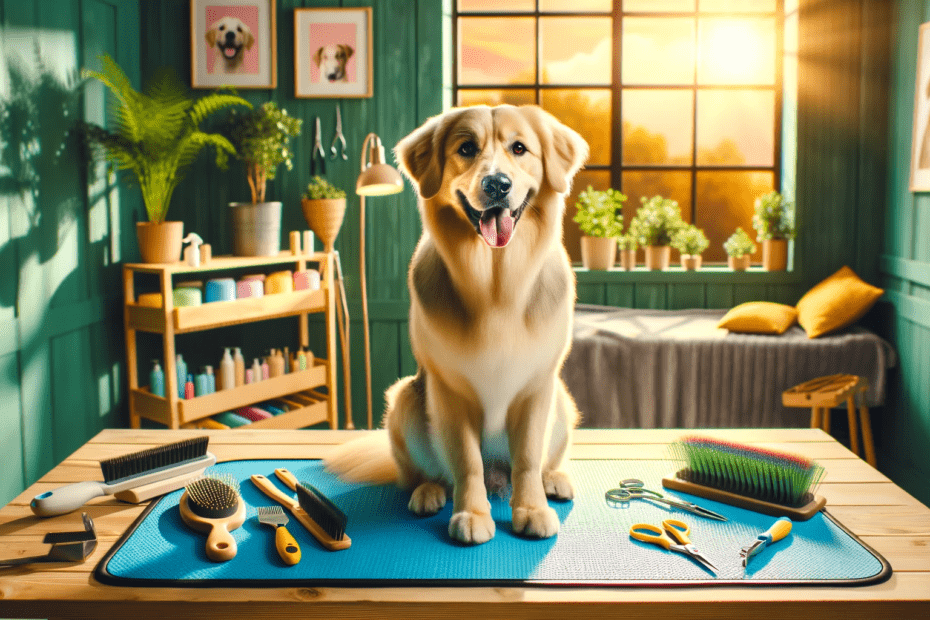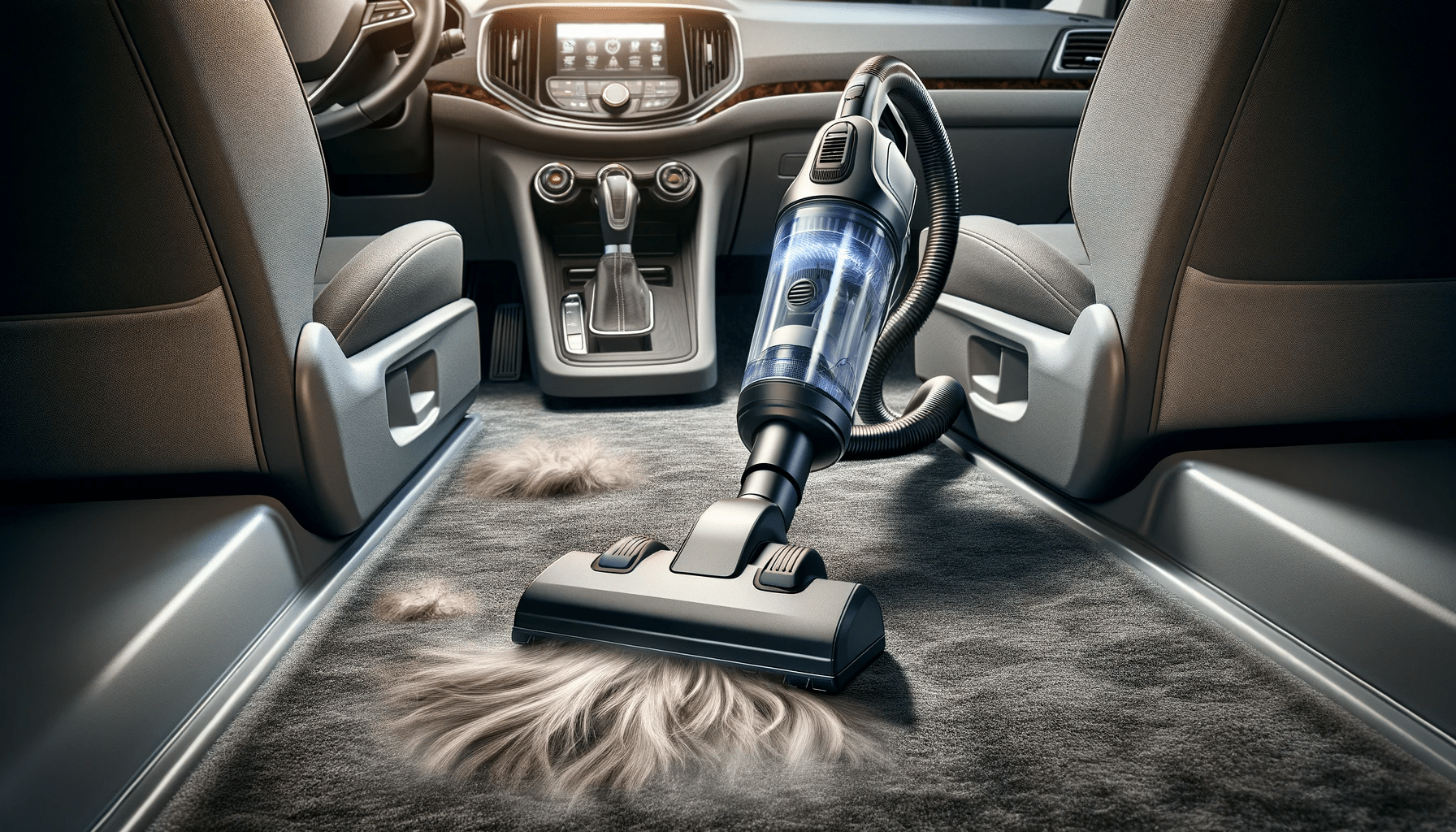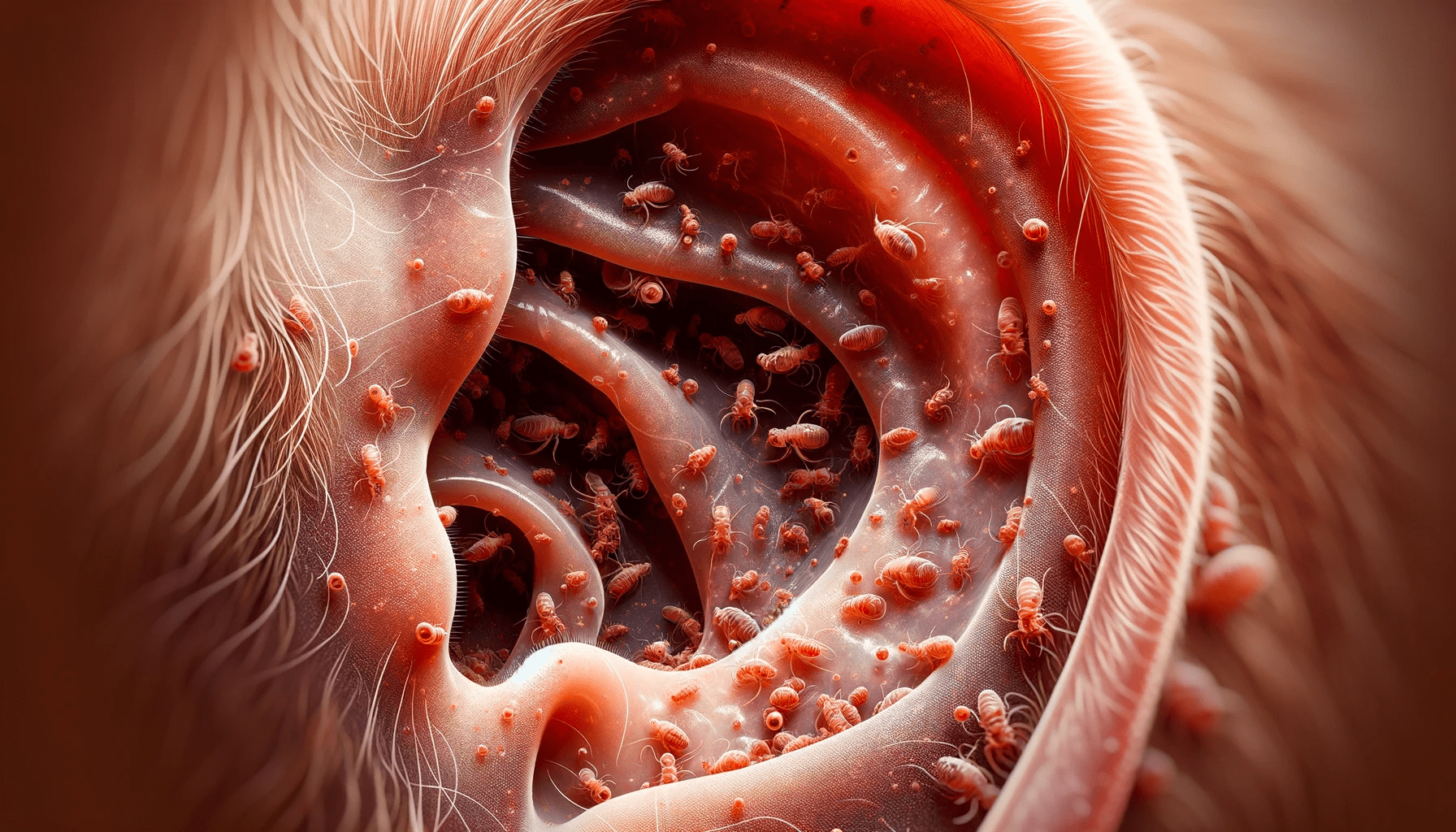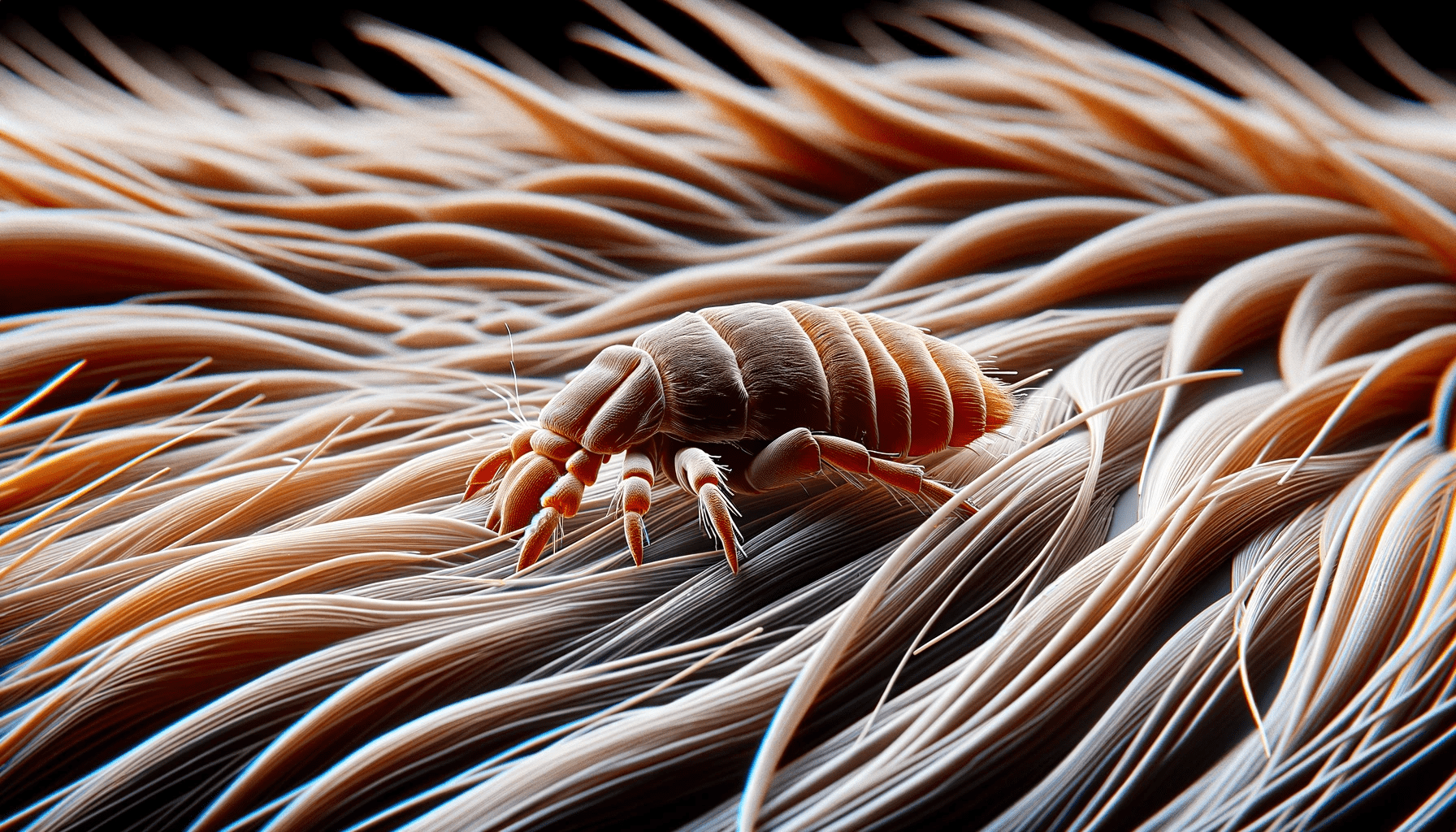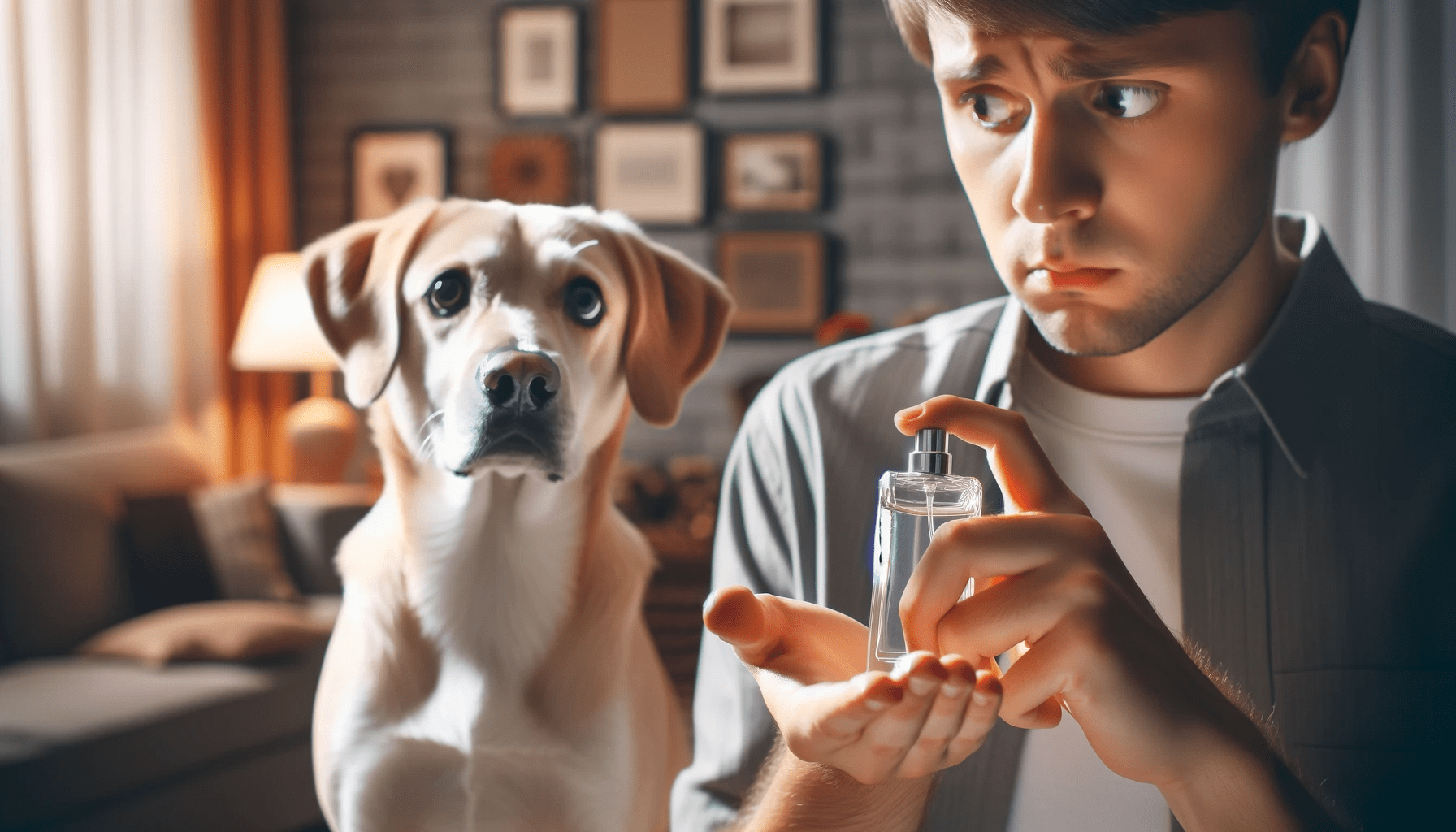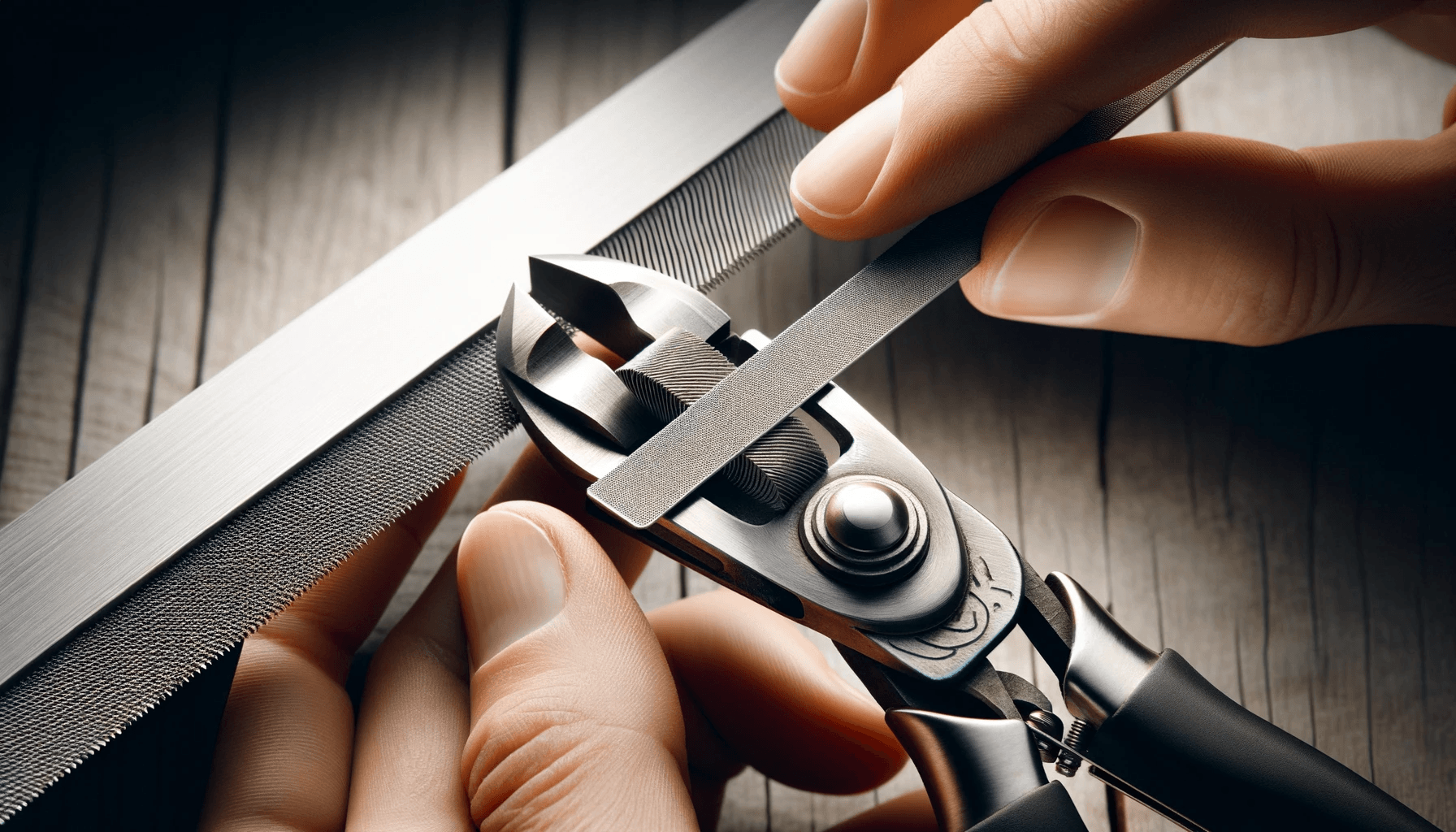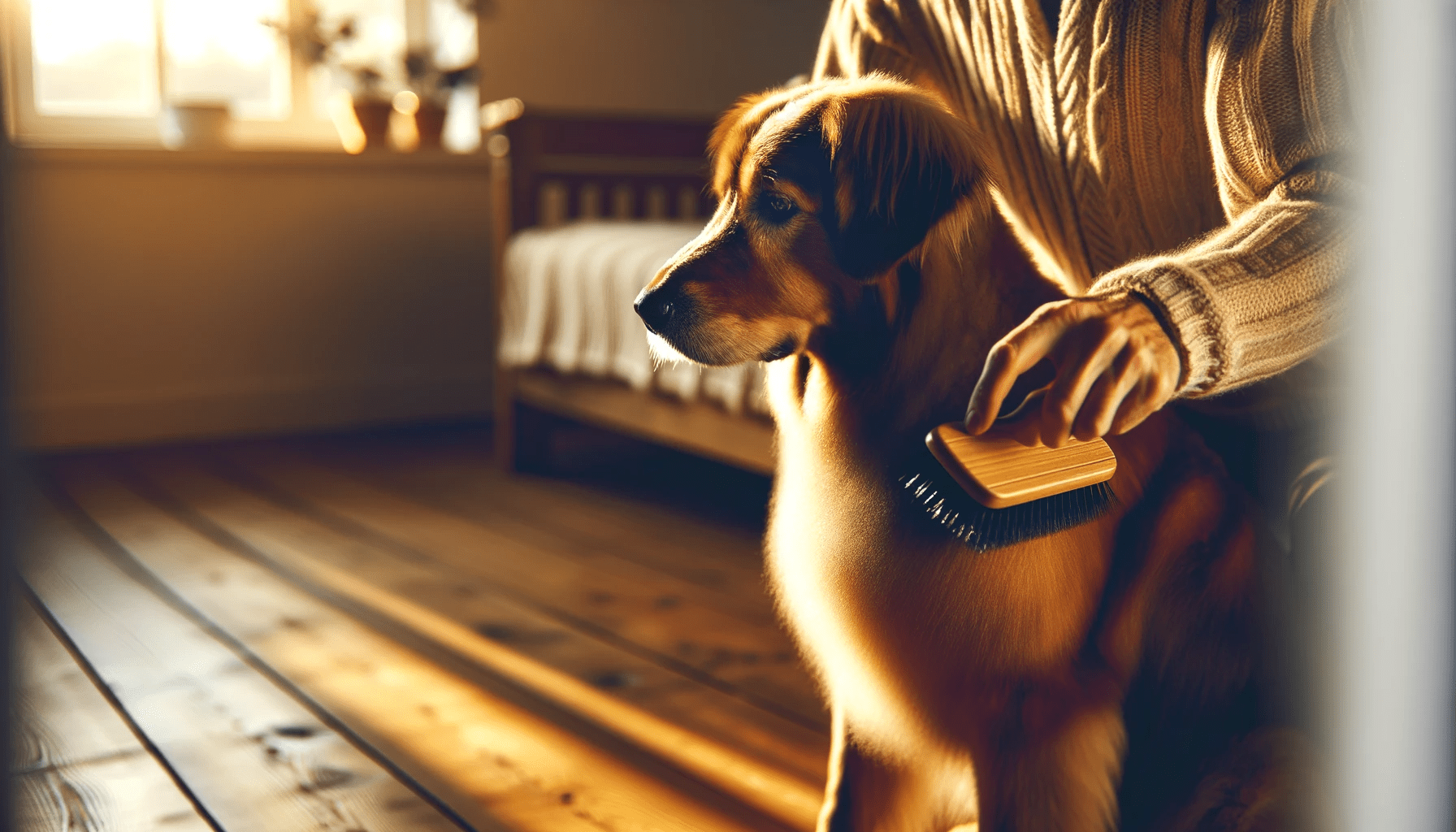Are you tired of spending money on professional dog grooming services? Discover the benefits of grooming your dog at home.
With the right tools and techniques, you can keep your furry friend looking and feeling their best. From brushing their coat to trimming their nails, learn how to safely and effectively care for your dog's grooming needs.
Not only will you save money, but you'll also build a stronger bond with your pet through regular grooming sessions.
Key Takeaways
- Establish a bond with your pet
- Save money on professional grooming services
- Provide a more comfortable experience for your pet
- Have control over the products and tools used
Benefits of Home Dog Grooming
Grooming your dog at home offers numerous benefits that can save you time, money, and provide a more comfortable experience for your furry friend. There are several advantages to grooming your dog at home rather than taking them to a professional groomer.
First and foremost, it allows you to establish a bond with your pet. By taking on the responsibility of grooming, you're showing your dog that you care for their well-being and are willing to invest time and effort into their care.
Another benefit of grooming your dog at home is the cost savings. Professional grooming can be quite expensive, especially if you have a large breed or require frequent grooming sessions. By learning to groom your dog yourself, you can save a significant amount of money in the long run.
Grooming your dog at home also provides a more comfortable experience for your pet. Some dogs may feel anxious or stressed when taken to a grooming salon, surrounded by unfamiliar people and other animals. By grooming them in a familiar environment, such as your home, you can help reduce their anxiety and make the experience more enjoyable for them.
Furthermore, grooming your dog at home allows you to have more control over the products and tools used on your pet. You can choose gentle and pet-friendly products that are suitable for your dog's specific needs. Additionally, you can ensure that the grooming tools are clean and well-maintained, reducing the risk of infections or injuries.
Essential Grooming Tools for DIY
To effectively groom your dog at home, there are several essential tools you'll need. These must-have grooming tools include:
- Brushes
- Combs
- Nail clippers
- Ear cleaning solutions
Must-Have Grooming Tools
Get ready to groom your dog at home with these essential DIY grooming tools. When it comes to grooming your dog, having the right tools is crucial for achieving professional results.
First and foremost, a good quality dog brush is a must-have. Choose a brush that's appropriate for your dog's coat type, whether it's short, medium, or long. Additionally, a slicker brush is great for removing tangles and mats.
Another essential tool is a pair of grooming clippers. These will allow you to trim your dog's fur neatly and evenly. Don't forget to invest in a pair of grooming scissors for more precise trimming around sensitive areas such as the face and paws.
Lastly, a set of nail clippers is essential for keeping your dog's nails trimmed and preventing discomfort.
With these essential grooming tools, you'll be well-equipped to maintain your dog's appearance and overall well-being.
DIY Dog Grooming Essentials
You'll need a few essential grooming tools to successfully groom your dog at home. Having the right tools will make the process easier and more efficient, ensuring that your dog is comfortable and well-groomed.
Here are some DIY dog grooming essentials that you should have in your grooming kit:
- Dog Brush: A good quality brush suitable for your dog's coat type is essential. It helps remove loose hair, prevents matting, and keeps the coat healthy.
- Dog Comb: A comb with wide and narrow teeth is useful for detangling and removing any remaining knots or mats.
- Dog Nail Clippers: Trimming your dog's nails is important for their overall health and comfort. Invest in a good pair of nail clippers specifically designed for dogs.
- Dog Shampoo: Choose a dog shampoo that's gentle, hypoallergenic, and suitable for your dog's coat type. Avoid using human shampoos as they can dry out your dog's skin.
Tools for Home Grooming
You can groom your dog at home with essential grooming tools that make the process easier and more efficient. Here are some must-have tools for DIY dog grooming:
- Brushes and combs: Different breeds require different types of brushes and combs. A slicker brush is great for removing tangles and mats, while a bristle brush is perfect for distributing natural oils and keeping the coat shiny. A wide-toothed comb is useful for detangling.
- Nail clippers: Regular nail trimming is important for your dog's comfort and health. Invest in a good pair of nail clippers designed for dogs. Remember to be careful and avoid cutting the quick.
- Ear cleaner: Keeping your dog's ears clean is crucial for preventing infections. Look for an ear cleaner specifically formulated for dogs and follow the instructions carefully.
By having these essential grooming tools at home, you can save time and money while ensuring your dog looks and feels their best.
Remember to always use proper dog grooming techniques and follow professional grooming tips for a successful DIY grooming session.
Step-By-Step Guide to Brushing Your Dog
Now that you have all the essential grooming tools, it's time to learn the proper brushing techniques for your dog. By following a step-by-step guide, you can ensure that your dog's coat stays healthy and free from tangles or mats.
Additionally, choosing the right brush for your dog's coat type is crucial to achieve the best results.
Proper Brushing Techniques
To ensure your dog's coat stays healthy and free from mats and tangles, it's important to regularly brush them using the proper techniques. Here is a step-by-step guide to brushing your dog effectively:
- Start by choosing the right brush for your dog's coat type. A slicker brush is perfect for removing loose fur and tangles, while a bristle brush is ideal for shorter coats.
- Gently run the brush through your dog's fur, following the direction of hair growth. Be sure to brush all areas, including the underbelly and behind the ears.
- Pay special attention to areas prone to matting, such as the armpits and tail. Use a detangling spray or conditioner to help loosen any stubborn mats before brushing them out.
- Brush your dog's coat at least once a week for short-haired breeds and more frequently for longer-haired breeds. Regular brushing not only keeps their coat looking great but also promotes healthy skin and circulation.
Choosing the Right Brush
When selecting the appropriate brush for grooming your dog, consider their coat type and choose accordingly. Choosing the right brush is crucial for effectively removing tangles, mats, and loose hair.
For dogs with short coats, a bristle brush or a grooming mitt works well to remove loose hair and stimulate the skin. Dogs with long or curly coats require a slicker brush to remove tangles and mats. For dogs with thick undercoats, a de-shedding tool is recommended to reduce shedding.
It's important to choose a brush with soft or flexible bristles to avoid causing any discomfort or pain to your furry friend. Regular brushing not only keeps your dog's coat healthy and shiny, but it also helps to distribute natural oils and prevent matting.
Remember to brush gently, using long and smooth strokes, and always reward your dog with treats and praise for their cooperation during each grooming session.
How to Safely Trim Your Dog's Nails
To safely trim your dog's nails, you'll need to gather the necessary tools and create a calm and comfortable environment. Here are some important safety precautions to keep in mind and common nail trimming mistakes to avoid:
- Safety Precautions:
- Use proper nail clippers or a grinder specifically designed for dogs. Avoid using human nail clippers, as they may cause injury.
- Familiarize yourself with the anatomy of your dog's nails to avoid cutting too far and causing bleeding. The quick, which is the sensitive part of the nail, can be seen as a pinkish area.
- Have styptic powder or cornstarch on hand to stop bleeding in case of accidental cuts.
- Common Nail Trimming Mistakes:
- Cutting the nails too short: This can cause pain and bleeding. Trim small amounts at a time and observe the quick to prevent this.
- Neglecting regular nail maintenance: Long nails can be uncomfortable and increase the risk of injury. Trim your dog's nails regularly to keep them at a healthy length.
- Rushing the process: Take your time and be patient. Rushing can lead to accidents and make your dog anxious.
By following these safety precautions and avoiding common mistakes, you can confidently trim your dog's nails and maintain their overall health and well-being.
Bathing and Drying Techniques for Dogs
To properly groom your dog at home, it's important to understand the correct bathing and drying techniques. Bathing your dog not only helps keep them clean, but it also promotes healthy skin and a shiny coat.
When it comes to bathing techniques, start by choosing a dog-friendly shampoo that suits your pet's specific needs. Wet your dog thoroughly and apply the shampoo, being careful to avoid their eyes and ears. Gently massage the shampoo into their fur, ensuring it reaches the skin. Rinse thoroughly to remove all the shampoo residue.
Once your dog is clean, it's time to dry them off. There are different drying methods you can use, depending on your dog's coat and personal preference. Towel drying is a common method and involves gently patting your dog's fur with a clean towel to absorb excess water. You can also use a hairdryer on a low heat setting, keeping it at a safe distance from your dog's skin to prevent burns.
It's important to ensure your dog is completely dry to avoid any skin irritations or fungal infections. Pay special attention to areas such as the ears, armpits, and groin, as they tend to retain moisture.
Regular grooming sessions that include proper bathing and drying techniques will keep your dog clean, healthy, and happy.
Maintaining a Healthy Coat Through Regular Grooming
To ensure a healthy coat for your dog, it's essential to regularly groom them at home, continuing the care started during bathing and drying. Regular grooming not only keeps your dog's coat looking beautiful but also helps prevent matting and keeps their skin healthy.
Here are some grooming tips to maintain a healthy coat for your furry friend:
- Brush your dog's coat regularly: Regular brushing helps remove loose hair and prevents matting. Use a brush suitable for your dog's coat type, such as a slicker brush for long-haired breeds or a bristle brush for short-haired breeds. Brush in the direction of hair growth, being gentle and avoiding any tugging or pulling.
- Check for and remove any mats or tangles: Mats can be uncomfortable for your dog and can lead to skin irritation. Use a wide-toothed comb or mat rake to gently work through any tangles or mats. If the mats are too difficult to remove, consult a professional groomer for assistance.
- Trim your dog's nails: Long nails can cause discomfort and even lead to joint problems. Regularly trim your dog's nails using a dog-specific nail clipper, being careful not to cut too close to the quick.
Frequently Asked Questions
How Often Should I Groom My Dog at Home?
You should groom your dog at home every 4-6 weeks to maintain their coat and overall health. Regular grooming helps prevent matting, keeps their skin clean, and allows you to spot any issues early.
Can I Use Regular Human Shampoo to Bathe My Dog?
Using human shampoo on dogs may seem convenient, but it can be risky. Human shampoos have different pH levels and ingredients that can irritate your dog's skin and coat. Stick to products specifically made for dogs to ensure their safety and well-being.
What Should I Do if My Dog Becomes Anxious or Aggressive During Grooming?
To manage anxiety during grooming, start by creating a calm environment and using positive reinforcement. If your dog becomes aggressive, stop grooming immediately and consult a professional for guidance on how to handle the situation safely.
Are There Any Specific Techniques to Prevent My Dog From Getting Ear Infections During Grooming?
To prevent ear infections during grooming, it's important to regularly clean your dog's ears. Gentle techniques like using a dog-specific ear cleaner and cotton balls can help keep their ears healthy and free from infection.
Can I Use Any Type of Scissors or Clippers to Trim My Dog's Fur at Home?
Using scissors or clippers to trim your dog's fur at home depends on personal preference and your dog's coat type. Electric razors can be used for grooming, but be cautious and use proper techniques to avoid injury.
Conclusion
In conclusion, grooming your dog at home offers numerous benefits. It can save you time and money, as you won't need to make frequent trips to the groomer. It can also reduce stress for your pet, as they will be in a familiar environment and won't have to deal with the noise and commotion of a grooming salon. Additionally, grooming your dog at home can strengthen the bond between you.
To effectively groom your dog at home, you'll need to invest in essential grooming tools. These may include a brush or comb, nail clippers, and possibly a pair of grooming scissors. It's important to choose tools that are specifically designed for dogs and to familiarize yourself with how to use them properly.
Following a step-by-step guide can help ensure that you groom your dog correctly and safely. There are many resources available, such as instructional videos and books, that can provide you with detailed instructions on how to groom your dog. It's important to follow these instructions carefully to avoid causing any harm or discomfort to your pet.
Regular grooming is essential for maintaining a healthy coat for your dog. Brushing your dog's coat regularly can help remove loose hair and prevent matting. Trimming your dog's nails is also important, as long nails can be uncomfortable for your pet and can potentially cause injury. By incorporating grooming into your routine, you can keep your dog's coat healthy and prevent any potential grooming-related issues.
With practice and patience, you can become an experienced and confident dog groomer. Remember to take your time and be gentle with your dog during the grooming process. Positive reinforcement, such as treats or praise, can also help make the experience more enjoyable for your pet. By grooming your dog at home, you can ensure that they look and feel their best, while also strengthening the bond between you.
